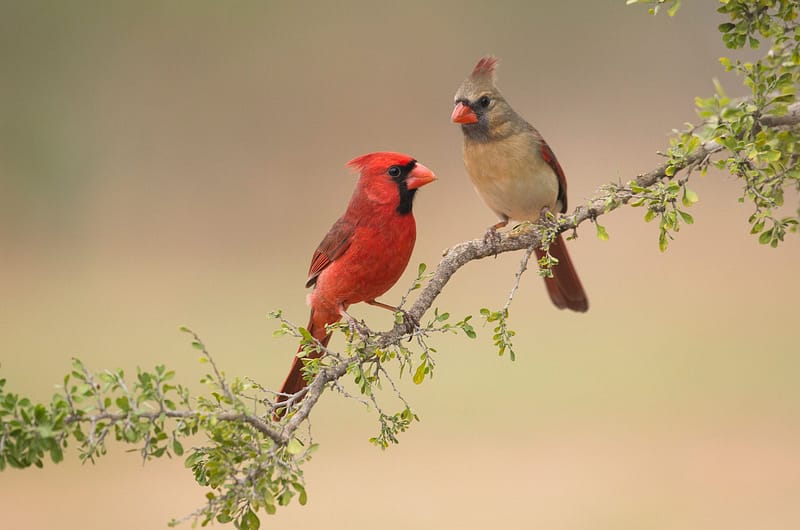
Identifying Features
SIZE: Average under a pound, but can reach up to 4 pounds. Common length for bluegill is 7.5 inches with the maximum reported length being 16 inches.
DESCRIPTION: Often Green with lavender, brown, orange, copper or yellow with a deep blue underside of gill flap. Flexible, black ear flap and black spot on soft dorsal fin and a small mouth.
Habitat
Freshwater fish. Lives in aquatic vegetation and sunken trees and brush piles of shallow backwater rivers, lakes and ponds.
They can also be found in the shade of piers, swimming rafts, tree‐shaded shores, where the overhanging limbs cast a shadow upon the water’s surface.
Food & Bait
Bluegill are opportunistic feeders and will feed on insects, insect larvae, small crustaceans and worms.
FISHING: Use worms, crickets, mealworms, small jigs, spinners, miniature insect crankbaits or flyfishing tackle (flies, poppers, worm imitations).

